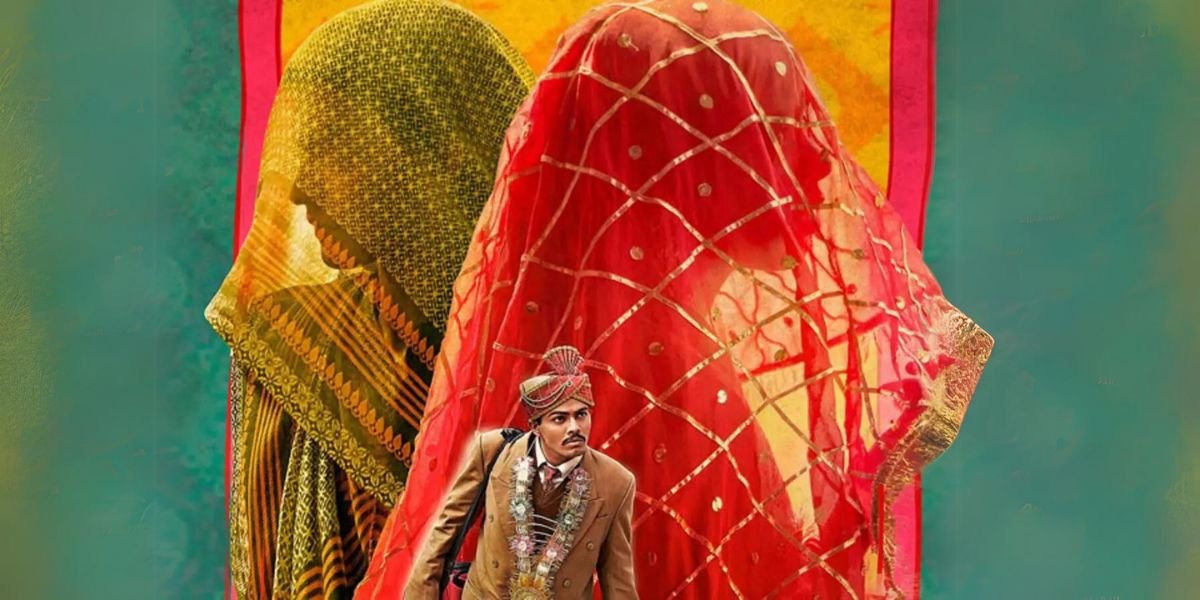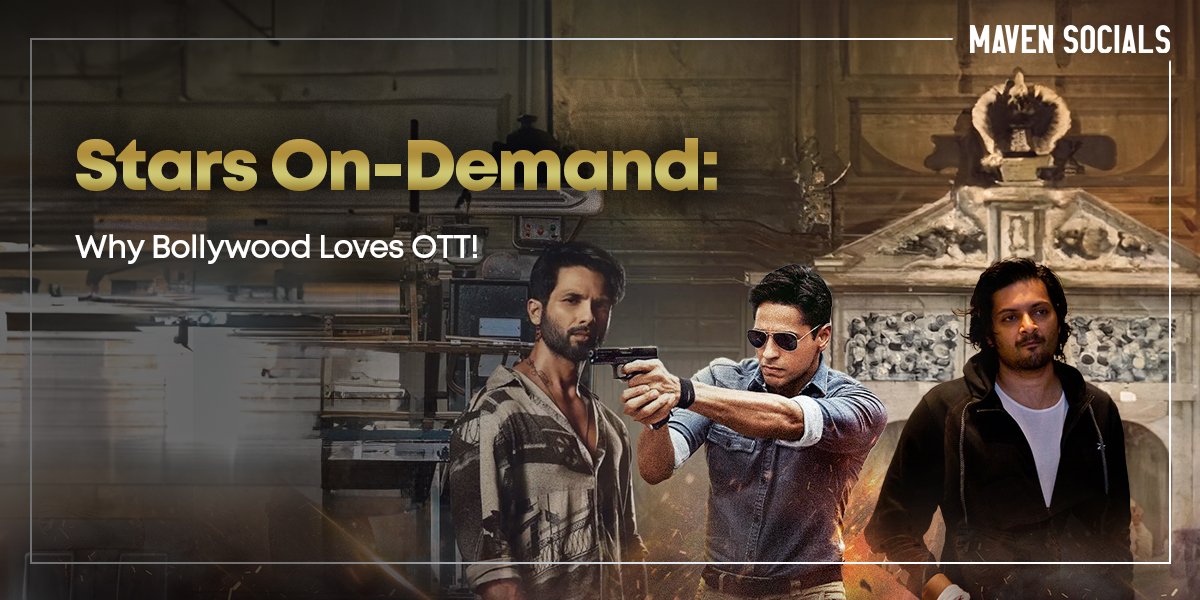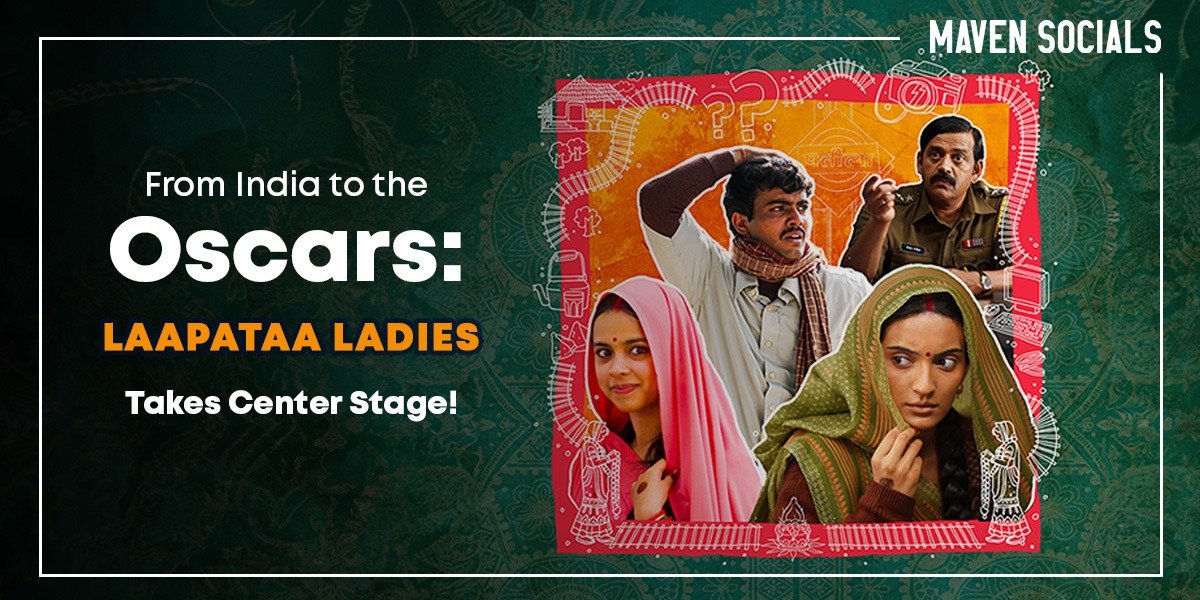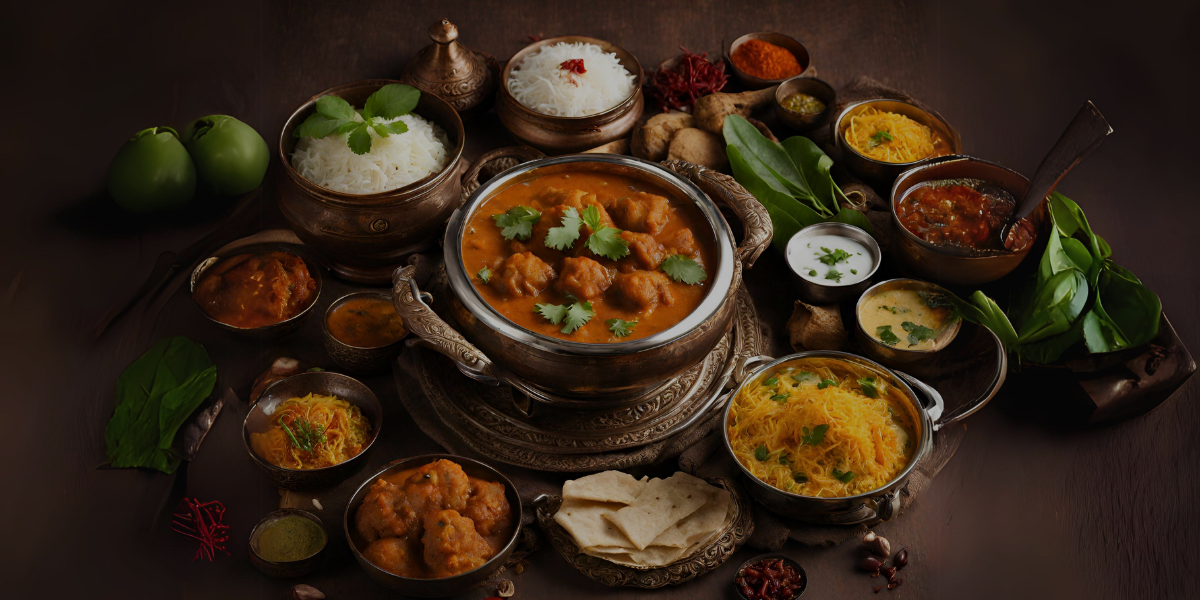A recent online hit, the Hindi film Laapataa Ladies continues to be popular among movie critics for all the right reasons. The comedy-drama revolves around women’s empowerment and provides a satirical take on various outdated Indian cultures, values, and traditions.
The success of Laapataa Ladies is a testament to director Kiran Rao’s brilliance. Her exceptional talent is evident in her well-crafted characters, engaging storyline, and memorable dialogues. The movie subtly yet powerfully depicts how individuals can become entangled in traditional practices with little awareness of their harmful existence in their everyday lives.




Harmful Traditional Practices in India
Traditions always come with an expiry date, but our society’s failure to comprehend their temporary nature makes the situation problematic. Every traditional practice related to culture must be seen in terms of the time it originated and the level of its relevance in contemporary scenarios. The movie highlights these little elements that are often taken casually and sidelined.1. Ek tha Ghoonghat (There was a Veil)
The story revolves around the ‘ghoonghat‘, or the veil, which symbolically and metaphorically represents the confinement of women’s identity. It becomes the element that kickstarts the plot. The character Phool, a newly married woman, gets swapped with Jaya, another newly married woman, on a train while going to their respective husbands’ homes. Here, confusion occurs due to the veil drawn over their faces. In many other instances, the veil is sarcastically mentioned, with its role being nothing more than creating confusion. Another interesting element here is that one of the female characters, Jaya, is seen using her veil as an excuse to initially escape from her husband and later her disagreement to be photographed without it. It exemplifies how women smartly use the elements of oppression to their advantage, often to protect themselves. By the movie’s end, the two main female characters metaphorically remove their veils and step into their newfound phase of liberation.
2. Ae Ji, O Ji, Suno Ji (Hey Husband, Listen to Me)
Women in Indian households have often refrained from addressing their husbands by name. It stretches so far in the movie that Phool does not take her husband’s name even when the situation demands it. Thankfully, his name was written on her henna; otherwise, she would have chosen to follow a tradition more than being concerned about her safety. In contrast, the character Jaya takes her husband’s name in the first instance and even encourages other women to do the same; the beauty of it, however, lies in her subtly hinting at it rather than openly criticising them. Meanwhile, Phool’s character develops when she understands the difference between unwanted traditions and the situation’s needs; thus, she calls out to her husband, who came looking for her. Phool finds her liberation by taking her husband’s name.(And, with due respect for Phool’s husband, I refrain from taking his name, or any other male character’s name, throughout this article. Period.)3. Dowry Maangke tho Dekho (Ask for Dowry & See)
Although the story focuses on the smallest of traditional practices, it doesn’t miss out on highlighting a significant issue: dowry and its cousin, domestic violence. The topic was introduced comically when the newly married men were asked about the dowry they received. Also, not receiving a dowry is considered a lack of masculinity, thus fostering the tradition by tapping into the male ego. Later, in the pre-climax scene, Jaya’s husband is given a strict warning by the cop against threatening her to get a dowry. Though the movie is in the comedy genre, it rightly points out the seriousness of the plot. It makes us question these deep-rooted, harmful traditional practices in India that are casually followed across generations.When Women Find Themselves
Female-oriented movies in Bollywood have become popular, with more women entering the realm of cinematography. Characters written by women writers possess qualities that must be transformed into reality.
Realistically Written Women
Laapataa Ladies portrays women in their most realistic selves without any hype. One of the characters, Manju Maai, who initially comes across as unapproachable, later becomes a mother-like figure for Phool to realise her strength as a woman. Her iconic dialogue, “Women don’t really need men at all. But if all women figured this out, men would be done with,” is thought-provoking. Furthermore, Phool’s transformation from a timid woman to one exploring her abilities is impressive. As for Jaya, though an assertive woman, she beholds the gentle qualities of femininity within her. It is realistic, unlike strong women, who are often portrayed as tomboys or constantly in their masculine energy.Rooting for Themselves
When women take a stand for themselves, they take the first step towards liberation. In Lapaataa Ladies, in the initial storyline, women hide their likes, do not pursue their interests, and are solely dependent on men. As the movie progresses, each female character embraces their true identity. Poonam, the sister-in-law who initially does not give much value to her artistic abilities- is later seen as proud of helping Jaya find Phool. Later, as a gesture of gratitude, she sketches a portrait of Jaya and wishes her well. Yashod, the mother-in-law who does not cook meals based on her likes, later acknowledges it and cooks her favourite dish for Jaya. Coming to Phool and Jaya, they have their empowering journeys, the former of self-realisation and the other pursuing her dreams.
Female Friendships
The one element often underrated in Bollywood movies is female friendships. Women are frequently criticised, primarily by men and at times by women themselves, for disliking other women. It is far from true; there are great female friendships, and the women who have experienced them know it! The women in the household, including the grandmother, Yashoda, and Poonam, bond with Jaya. Also, when Yashoda happily talks about Poonam’s smile and asks her own mother-in-law to be friends, those moments are heartwarming to watch. Such a depiction of female bonding considered most unlikely, is one of the many remarkable elements of the movie. Other highlight moments are when the female characters are seen supporting each other; because women support other women, it is an altogether different level of women’s empowerment.











